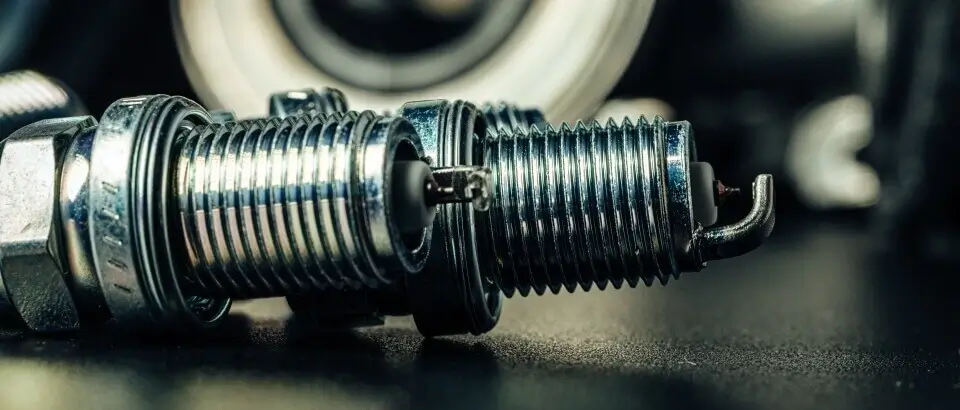Checklist tips for your next car maintenance
Cars are getting better day by day. Advanced technology around us has truly enabled car manufacturers to offer the best possible car experience for all kinds of customers. This is one of the reasons why cars are becoming the first choice amongst customers of all ages. Secondly, people have hundreds of car manufacturers and thousands of models to choose from, making the car-owning process much easier.
However, one of the most complicated aspects of owning a car is none other than its maintenance. There are times when a car owner might need to go for unexpected maintenance due to a bad car battery or a bad engine. However, one can smartly avoid such kinds of unexpected, expensive costs. A checklist that has good tips can help a car owner to save big at the time of car maintenance.
With that in mind, here are some great checklist tips for your next car maintenance:
Refilling the fluids
A car has a lot of lubricants and fuels working together to move it on road. Hence, ignoring them can prove critical for road safety. Here are all the fluids one should take care of:
Coolant: A coolant helps keep a car engine cool. Being involved in such a crucial role, it is often exposed to the environment. Over time, this fluid keeps on changing its pH levels and gets corroded. It must be often regulated at every 100,000 miles for better performance.
Brake fluid: While the brake rotors are being replaced, ensure that the fluids are too replaced for better performance.
Battery fluid: A car battery too has fluids. These fluids help deliver the necessary power across the car. These fluids can be taken care of during a car battery replacement or recharging service.
Oil: This goes without saying. Ensure car oil levels every month even if the car is not actively used. Regularly maintained oil ensures consistent performance and resists the car from breakdowns.
Taking care of battery

Imagine driving a car without having to face any kind of battery problems! Yes, it is possible to do so. A car battery usually lasts anywhere from 3 to 5 years, depending on how a car is used and where it is kept. The best way to determine the health of a car battery is to check the battery contact points from time to time. Contact points that are free of rust and leaks offer the best performance under optimal weather conditions. A brush can help cleaning up the contact terminals. This practice will ensure that a car owner doesn’t have to unexpectedly visit a maintenance shop to replace the car battery.
Owning a maintenance kit
There are chances that a car may break down in the middle of nowhere during a journey. This is where owning a maintenance kit can come in handy. Owning such a kit will help a car owner in scenarios like a flat car battery. A jump start accessory inside the kit will enable a car owner to perform a car battery jump-start and get the car back on the road in no time.
Inspecting spark plugs

Spark plugs are regarded to be one of the most common pain points of a car breakdown. They are one of the most common reasons why a car engine stops working in the middle of nowhere. Replacing spark plugs is the best way to fix most engine-related problems in a car and ensure that the car does not end up damaging the engine or car battery in the long run.
Check the suspension system
The suspension is regarded to be one of the most complex yet delicate parts of a car engine. Getting components like springs, struts, and shocks checked every 15,000-30,000 miles ensures that a car keeps on its wheels during a journey.
Rotate the tires

Tires are one of the most delicate car components. Being made out of rubber, they easily wear out under rough conditions. However, tire rotations can greatly reduce this effect. A regular tyre rotation every 3000 to 5000 miles will ensure that each and every car tire faces an equal amount of force and keeps going on for a longer time.
Replacing air filter
An air filter plays a crucial role in pollutant filtration inside a car. Not only it keeps a car’s interior devoid of bad air but also retains the stability of the air conditioning system of a car. A dirty air filter can severely damage the AC of the car. Replacing the air filter every 12,000 miles can greatly serve the cause.
Check spare tires
Spare tires work like secret lifeguards. Thus, they are as important as main tires. Having a filled spare tire and tire replacement kit handy during a journey can save a great deal of money if a vehicle breaks down during a journey. Spare tires work best when filled and inspected at least once a month.
Inspect hoses and belts
Different hoses and belts are responsible for rolling mechanical parts inside a car. Such hoses and belts are generally made out of rubber and wear out over time. Worn belts and hoses can pose a critical threat to several moving parts inside the car. Radiators and engines can be severely affected by their breakdowns leading to the most expensive maintenances inside a car. Such rubber components are usually replaced every 40,000 to 60,000 miles or every 4 to 6 years depending on what they are composed of.
In this way, different car components can be taken care of on a timely basis. Such timely maintenance not only makes way for a safe car driving experience for the car owners but also ensures that they don’t end up spending too much on a car’s regular maintenance.











